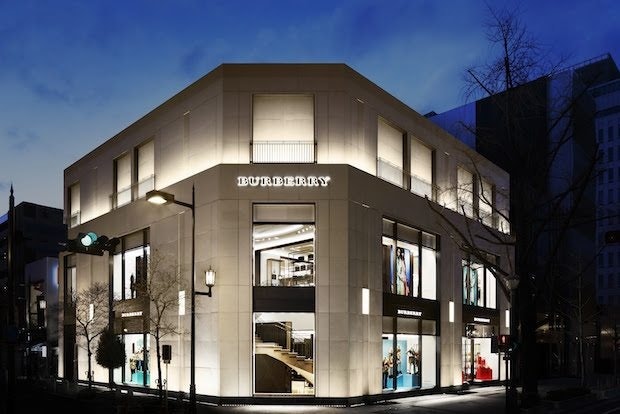
This article was published earlier in our weekly newsletter. Sign up through our “Newsletter Sign Up” box on the right.
As mainland China’s luxury consumers continue to shun one-favorite shopping destination Hong Kong, Japan has emerged as a key locale for Chinese traveler-driven sales growth in 2015.
Last week, Hermès reported that Japan was the source of its highest sales growth rate globally in the third quarter with a 16.6 percent increase. In contrast, its Asia-Pacific sales excluding Japan declined 1.5 percent, which the brand said was thanks in large part to a continued retail slump in Hong Kong and Macau.
The rise of Japan and fall of Hong Kong and Macau were even more pronounced for Richemont when it reported its first-half revenue last week, with 44 percent growth in Japan and a 17 percent decline in the rest of the Asia-Pacific region.
Meanwhile, Burberry’s first-half financial results published this week noted a 6 percent decline for Asia-Pacific, but stated that Chinese spending had shifted to Japan. The company’s CFO said that although it is scaling back in Hong Kong—including the removal of an entire floor of its Pacific Place flagship—it is expanding in Japan with new store openings.
While Japan is an enticing spot for Chinese visitors due to a growing number of short and convenient direct flights, its dramatic dominance of Asian luxury market growth may not be a permanent situation. Much of Japan’s current popularity is due to the weak yen, meaning that future currency fluctuations could change the preferences of price-savvy Chinese shoppers. In addition, equally easy-to-reach South Korea is working hard to regain tourist numbers now that the MERS crisis is over. China’s shaky political relations with Japan also mean that there’s always a risk of tensions boiling over in the future and possibility of a repeat of the travel boycotts that happened during the Senkaku Islands dispute.
For now, Chinese tourists continue to flock to Japan for everything from watches and handbags to high-tech rice cookers, but luxury brands should be up-to-date on both current and future Chinese tourist hotspots. In addition to Japan, Burberry also noted that Europe remains a popular spending spot for Chinese tourists, and the region provided 14.8 percent growth for Hermès. As Hong Kong remains in a slump, mainland China may even be showing signs of rejuvenation—both Richemont and Burberry said that the mainland returned to positive growth in the past quarter, which is another trend worth close attention for the future.